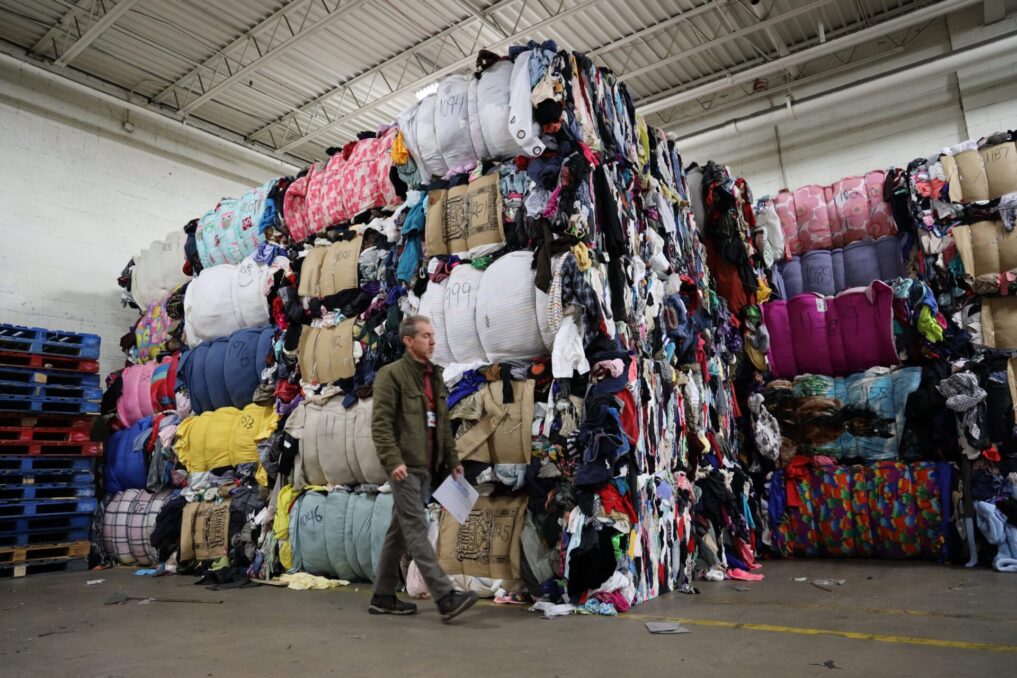The textile fashion industry has been falsely advertising to the consumers for over a decade. In terms of production procedure and manufacturing ethics, sustainability has taken a set-back. New start-ups have been working towards reducing carbon emissions from fabric dyeing to prevent environmental damage and safeguarding human health.
Fossil fuel also known as the mineral fuel is a source of hydrocarbons available inside the Earth’s crust and is known to be a source of energy. The fuel contains coal petroleum, natural gas, oil shales, bitumens, tar sands and heavy oils. All of them identify as a source of carbon and have been created through photosynthesis.
The carbonaceous materials processed during the Devonian period, which is from 419 million to 358.9 million years, were derived from algae and bacteria. These fuels can be burned in the air to churn out heat.
Textile Industry
The textile industry relies on countries like China, India and Vietnam for the wet processing. Coal creates the cheapest and the most assertive form of energy. The industry has been relying on inexpensive coal to produce their fast fashion clothing. The inclination to purchase the fast fashion brands to keep up to date with the latest styles creates destructive effects on the ecosystem. The fast fashion brands use accessible coal for their low-cost production. The process of dyeing garments also requires an enormous amount of fuel.

Startups changing fashion
The DyeCoo Textile system is a Dutch startup that colors the garments by loading undyed polyester inside a steel container of carbon dioxide. According to the company, they do not use any water or chemicals for fabric dyeing. 95% of the carbon dioxide can be recycled for other processings. Since 2010, they have been collaborating with garment workers from Southeast Asia, Taiwan, Netherlands along with Nike’s new venture and Ikea.
The environmental consultancy Quantis had reported boilers using coal and natural gas had resulted in 44% of carbon footprints in 2016 while electricity used for coal burning attributed to another 17%. Textile production produces 8% of the global carbon emissions as reported by the United Nations.
Japanese company Debs Corporation uses its AirDry process to transfer paper to fabric using a printer-like machine by employing 95% less water and 86% less energy. While upgrading the machines would be the first step towards change , the process of fabric production also needs to be altered to reduce more carbon emissions. Fabric coloring needs to be looked into as synthetic dyes exploit fuels and are a major cause of pollution.

Living Ink technology is a new company considering new methods to produce colors. They manufacture black powder from biomass waste to grow algae. They have printed two million t-shirts for Nike with that algae dye and will also collaborate with Coach in the future.
Changing Fashion
While fashion relies on low-cost production, adapting to new methods would take time. Manufacturers are hesitant to apply modern technologies as they function on a slimmer margin. If the new technology fails then manufacturers would have to bear the costs. The industry experts have questioned the durability of the new tints which gives the synthetics colors an added advantage.
Numerous companies have been working together to come under the radar of the Fossil Fuel Fashion by producing eco-friendly textiles. It is a crucial step towards an ideal fashion industry by reducing the hazardous effect on the climate and human health. Turning a blind eye to the aftermath of the damage would not suffice, rather working towards the wear and repeat goal would promote a conscious fashion lifestyle.













